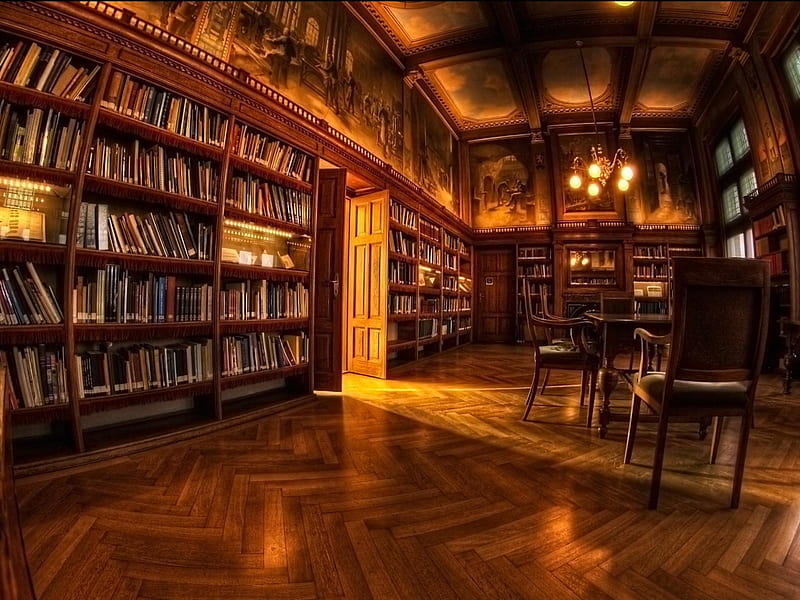
Sudan boasts a remarkable collection of manuscripts, unrivaled in the region. These documents have survived the test of time, having been carefully preserved by generations of custodians, scholars, and collectors. They provide unique insights into the religious, scientific, and literary traditions of Sudan, transcending mere historical records to serve as a testament to the enduring spirit of the Sudanese people.
A Cultural Mosaic
One of the most striking features of Sudan’s ancient manuscripts is their diversity. They cover a wide range of topics, including theology, astronomy, medicine, mathematics, and poetry. This diversity reflects the multicultural nature of Sudan, which has been a crossroads for various African, Arab, and Islamic influences over the centuries. The manuscripts are often written in Arabic, but they also include texts in local languages, such as Nubian and Beja, showcasing the linguistic diversity of the region.
The Role of Religion
Religion plays a prominent role in Sudan’s ancient manuscripts. Many texts are dedicated to Islamic scholarship, including interpretations of the Quran, Islamic law (Sharia), and theological treatises. These manuscripts offer valuable insights into the evolution of Islamic thought in the region and its integration into Sudanese society.
Unlocking Scientific Advancements
Sudan’s ancient manuscripts also contain scientific knowledge that was well ahead of its time. Some texts discuss astronomy and mathematics, showcasing the mathematical achievements of Sudanese scholars. Others delve into herbal medicine and medical practices, highlighting the advanced state of medical knowledge in ancient Sudan.
Challenges of Preservation
While these manuscripts are a priceless treasure, they face various challenges. The passage of time, climate, and inadequate storage conditions have taken their toll on some documents. Additionally, the lack of awareness and funding for their preservation poses a threat to their continued existence.
Efforts are underway to address these challenges. Organizations, both within Sudan and internationally, are working together to digitize and catalog the manuscripts. This digitization not only helps preserve the texts but also makes them accessible to a global audience, allowing scholars and enthusiasts alike to explore Sudan’s rich intellectual heritage.
A Call for International Cooperation
Preserving Sudan’s ancient manuscripts is not only a responsibility of Sudanese authorities but a global endeavor. These texts are part of humanity’s shared heritage, and their conservation and study contribute to our understanding of the world’s diverse cultures and traditions.
International cooperation is crucial to ensure the long-term preservation and study of these invaluable manuscripts. This includes financial support, technical expertise, and collaboration among researchers and institutions worldwide.
As Sudan continues to open its doors to the world, its ancient manuscripts serve as a bridge between the past and the present, offering a glimpse into the remarkable history and cultural depth of this often-overlooked nation. By safeguarding and celebrating this heritage, Sudan can forge stronger connections with the global community and inspire future generations to appreciate the enduring value of knowledge and history.
